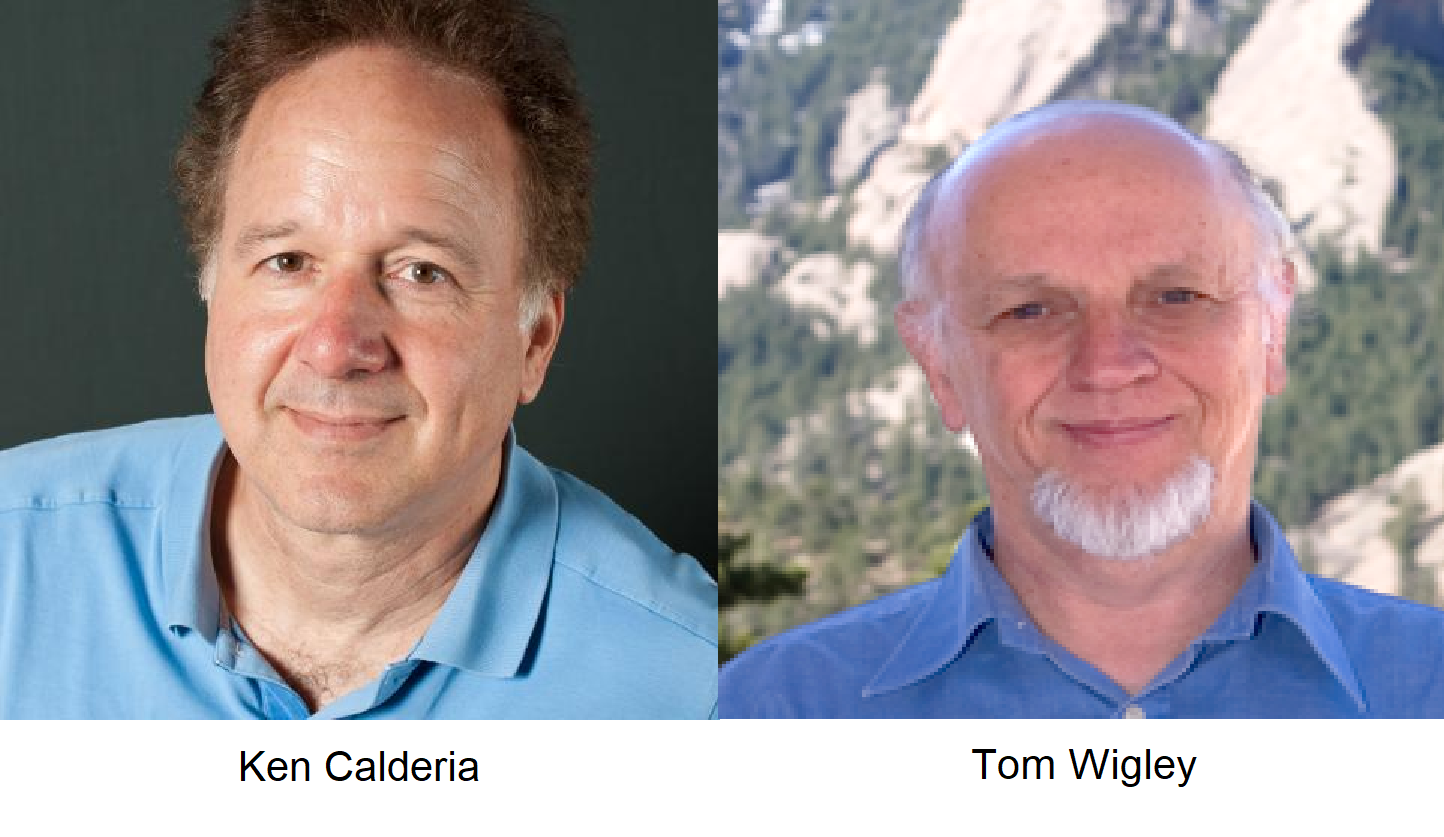Nuclear Reactors 645 - Prominent Climate Scientists Support Nuclear Power Expansion - Part 2 of 2 Parts
Part 2 of 2 Parts (Please read Part 1 first)
The letter goes on to say that the authors advocate that renewables and nuclear both be part of the energy solution. They say that we need to build a lot of new nuclear reactors very quickly. They say that building sixty-one new nuclear reactors a year could generate enough electricity to replace current fossil energy sources and make us fossil free by 2050. The Solutions Project has individual plans for each of the U.S. states and many nations for the complete elimination of fossil and nuclear power sources by 2050.
With respect to building sixty-one nuclear reactors, China is planning on sixty new reactors in the next decade and they are one of the nations with a strong commitment to nuclear power. Not one nuclear power plant in the U.S. since the dawn of the Nuclear Age in the 1950s has ever come online on schedule and in budget. The history of global nuclear power construction is littered with canceled projects, massive cost overruns and slipping schedules. Currently the global nuclear industry is hard pressed to construct ten nuclear reactors a year at a of tens of billions of dollars. An attempt to construct sixty reactors a year would quickly flounder in a sea of red ink, lax government oversite, corporate incompetence and greed.
There are already concerns that the current pool of trained nuclear technicians is shrinking, and retirees are not being replaced. Along with the crash construction program, there would have to be a crash program in training thousands and thousands of new technicians to operate all the new reactors.
The letter also says that in order to allow for growth in electricity demand and exporting nuclear reactors to many third world countries would require another fifty-four reactors per year to allow the world reduce carbon emission to zero in the year 2050. This would require a total of one hundred and fifteen new nuclear reactors be constructed each year for thirty years. I don’t believe that this is even remotely possible.
Let us say that maybe one percent of the four hundred and fifty operating nuclear power reactors in the world might have a major accident in the next ten years. That means that four reactors would be at risk. At one hundred and fifty new reactors a year for thirty years, this means about four thousand reactors would be operating in 2050. One percent of four thousand reactors is about forty reactors. So not taking into account improved reactors or problems with hasty and shoddy construction of some of the new reactors, that means that the odds of a major accident would shrink from one in ten years to one a year.
These numbers are not meant to be exact but to illustrate the point that the odds of a major accident would increase dramatically. A single accident at Fukushima in 2011 almost destroyed the global nuclear industry. A few more major accidents and public opinion would turn violently against nuclear power. Investors would flee and politicians would vote against funding nuclear power.
I have many other objections to nuclear power that neither I nor the letter writers have mentioned. We can and should fund a massive buildup of renewable power back up by batteries instead of a massive build of new nuclear reactors to fight climate change.
